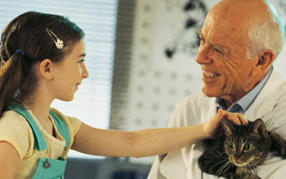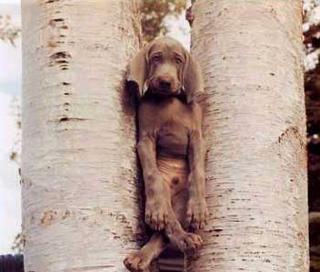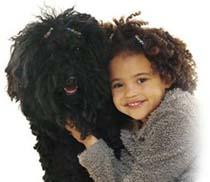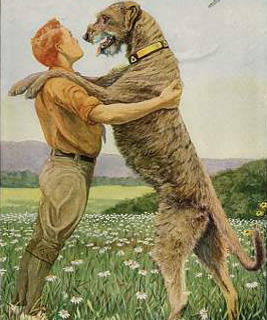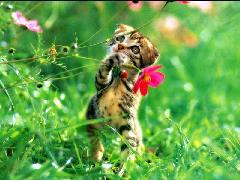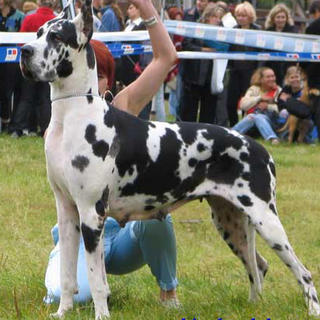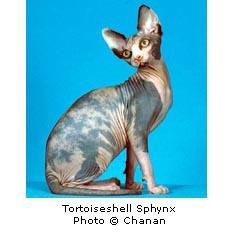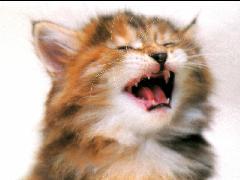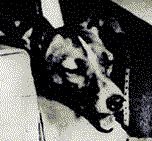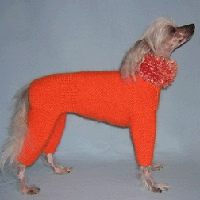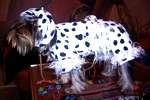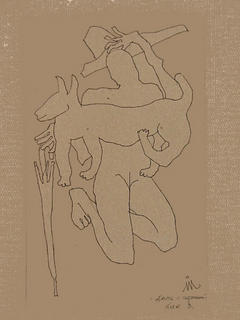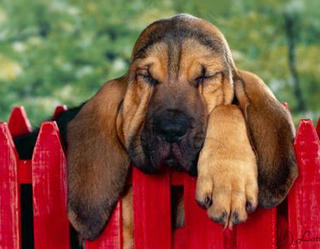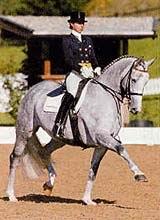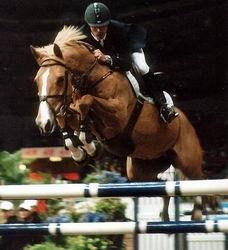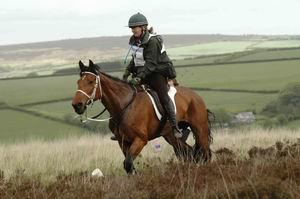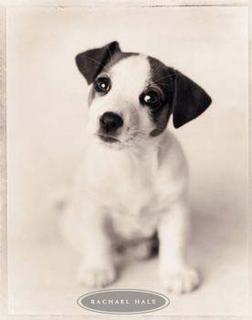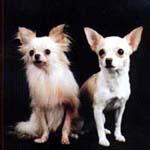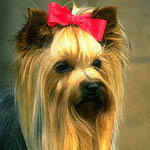 Some words about China horoscope : next year, on the Far East lunar calendar, start on the 22-d of January, but Chinese people don’t worry too much that almost all people in the world will celebrate the New Year in the night on the 1-st of January. Lunar calendar divided into 12 five years cycles, where each of 12 animals conform one by one five elements – wood, fire, water, land and metal. And each of the elements has a color – red, yellow, white, black. The twelve-year cycle end with the Fiery Dog and Fiery Pig Years.
Some words about China horoscope : next year, on the Far East lunar calendar, start on the 22-d of January, but Chinese people don’t worry too much that almost all people in the world will celebrate the New Year in the night on the 1-st of January. Lunar calendar divided into 12 five years cycles, where each of 12 animals conform one by one five elements – wood, fire, water, land and metal. And each of the elements has a color – red, yellow, white, black. The twelve-year cycle end with the Fiery Dog and Fiery Pig Years.
On February, 10 on January, 1910-29 1911: the Metal Dog
On January, 28 1922 - on February, 15 1923: the Water Dog
On February, 14 1934 - on February, 3 1935: the Wooden Dog
On February, 2 on January, 1946-21 1947: the Fiery Dog
On February, 18 1958 - on February, 7 1959: the Earthen Dog
On February, 6 1970 - on January, 26 1971: the Metal Dog
On January, 25 1982 - on February, 12 1983: the Water Dog
On February, 10 1994 - on January, 30 1995: the Wooden Dog
On January, 29 2006 - on February, 17 2007: the Fiery Dog
The characteristic on signs on the Zodiac born in one year of the Dog
ARIES- the Dog of war. Makes the way through a fog. True hound.
TAURUS - the True Dog. But is less cynical and it is perspicacious, than others.
GEMINI - the Scientific Dog. Has kind heart.
The CANCER - the Sensitive Dog. Excessively vulnerable.
The LEO- Creates a lot of noise, barks much to surpass the opponents.
The VIRGO - this high-tech Dog. Will not give itself to carry away to a case.
LIBRA - very soft character. It is a little diplomacy.
SCORPIO - the Furious Dog. Do not trust its fighting item.
SAGITTARIUS - the Vigorous Dog. Anything will not stop it.
STAR SIGN CAPRICORN - the Cautious Dog, it is possible to expect for it, but it is restless.
AQUARIUS - the Scientific Dog. The intellectual in the environment.
PISCES - the Original Dog. Has interest to swimming.
Famous people, were born in the Dog Year:
Elvis Presly, Bridgit Bordo, David Bowie, Sharon Stoun, Andre Agassi…
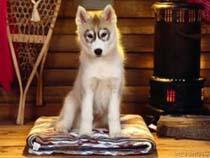 The utensils from which the dog eats, should be not fragile. For that aluminium bowls or enameled approach. The internal surface of a bowl should be ideally smooth, not have having chopped off, differently the dog will injure toughne when will start absolutely lick it. The rests of not eaten forage from a bowl should be puting in a refrigerator or thrown out, the bowl washes. If a dog big a bowl put on a support that the dog did not drop to forepaws.
The utensils from which the dog eats, should be not fragile. For that aluminium bowls or enameled approach. The internal surface of a bowl should be ideally smooth, not have having chopped off, differently the dog will injure toughne when will start absolutely lick it. The rests of not eaten forage from a bowl should be puting in a refrigerator or thrown out, the bowl washes. If a dog big a bowl put on a support that the dog did not drop to forepaws.






